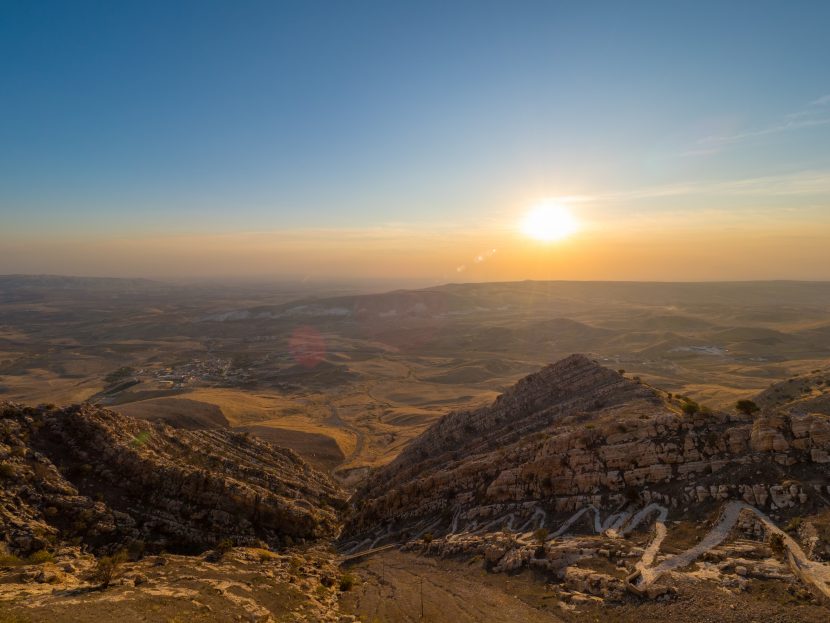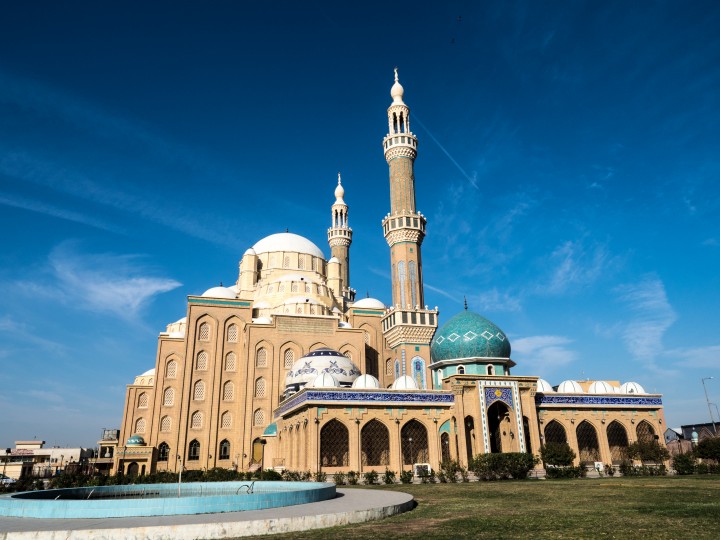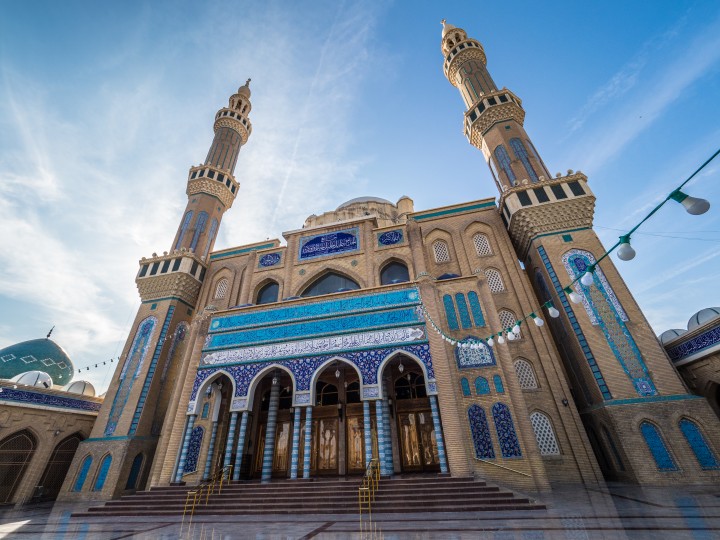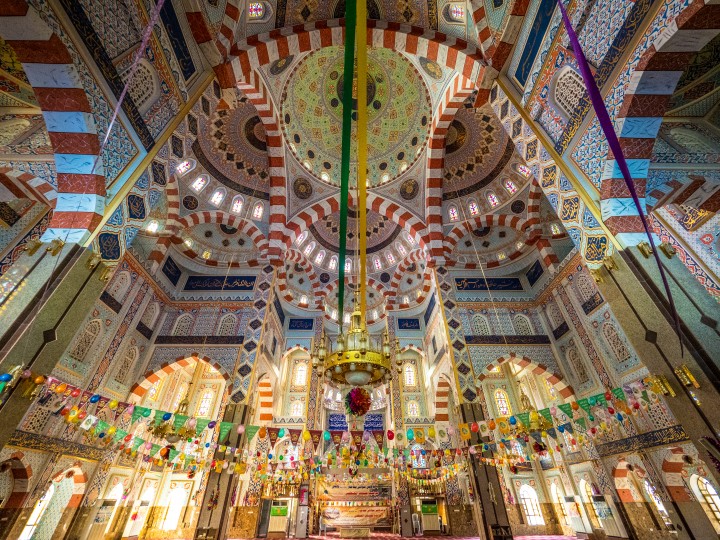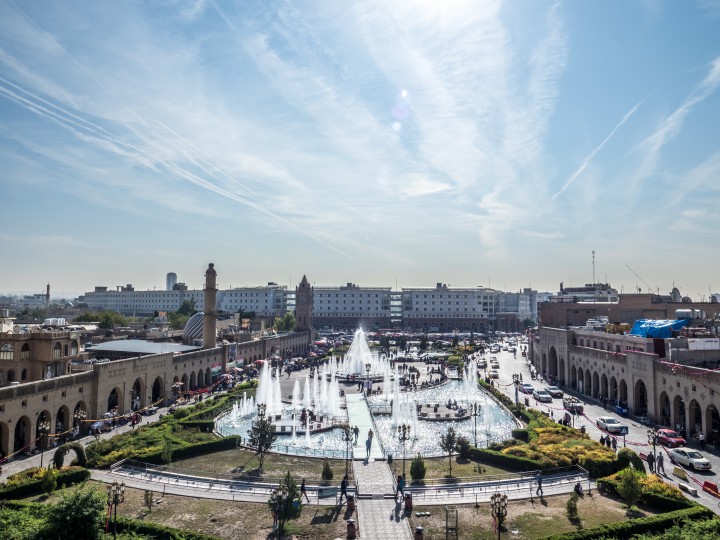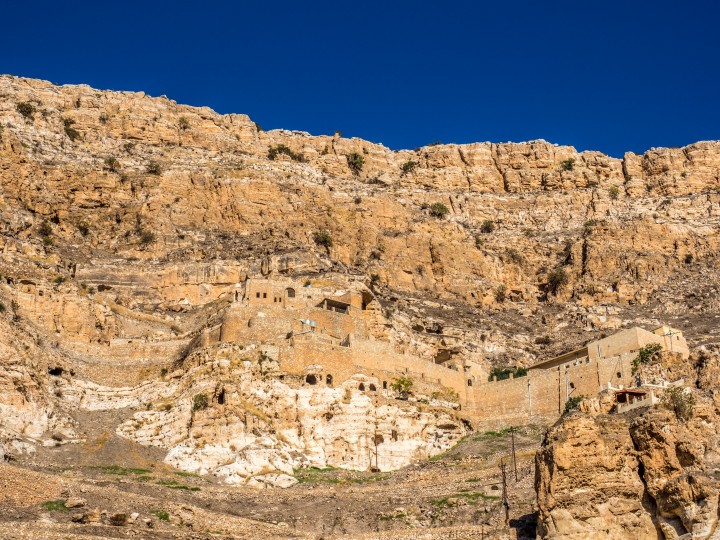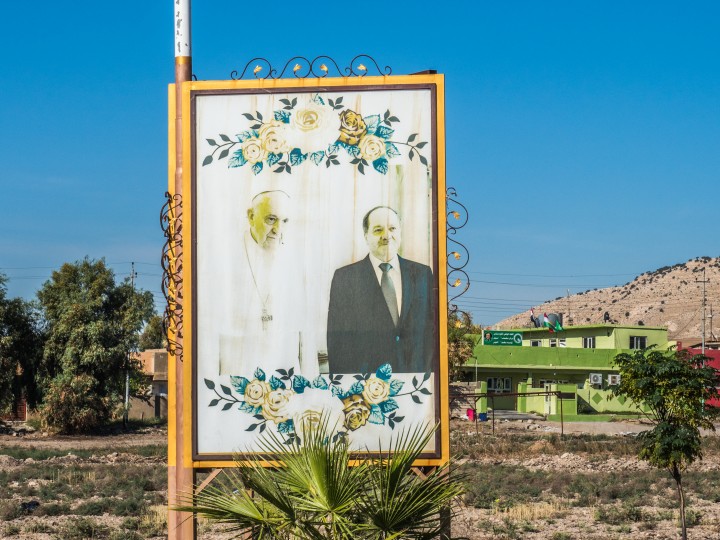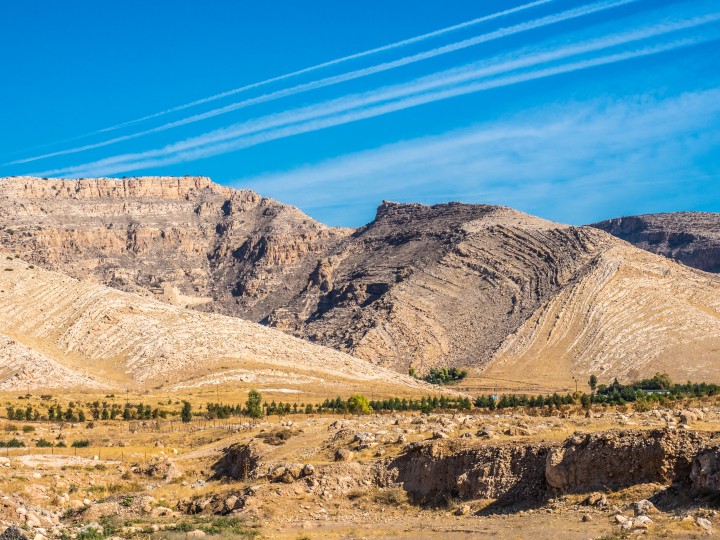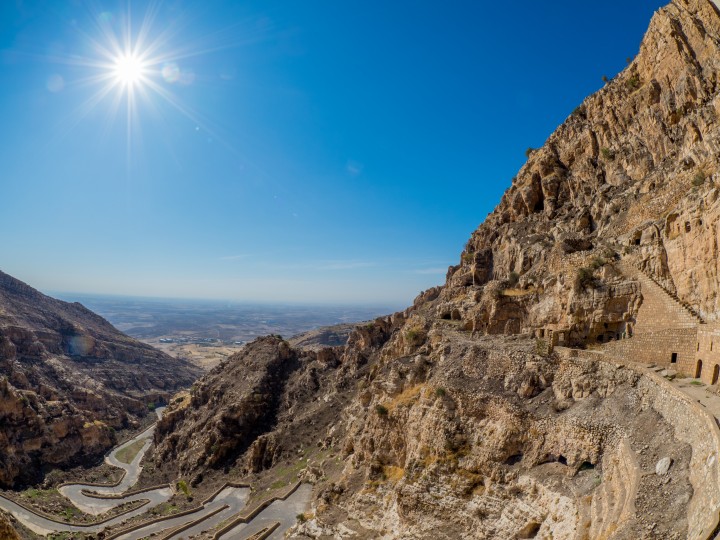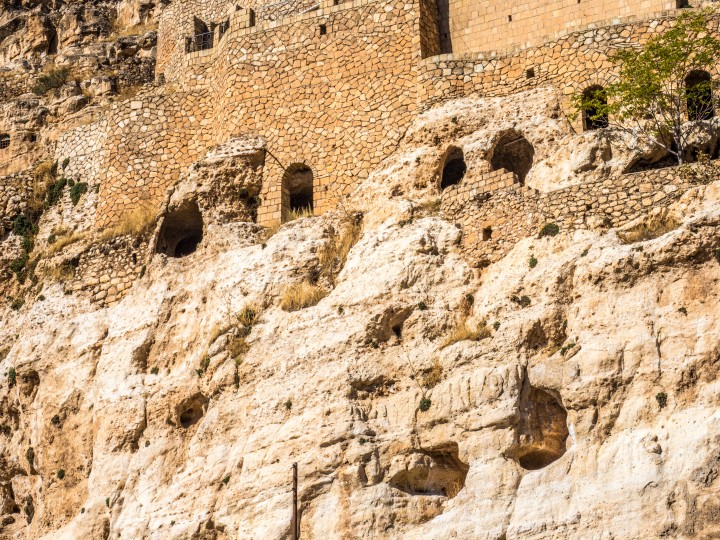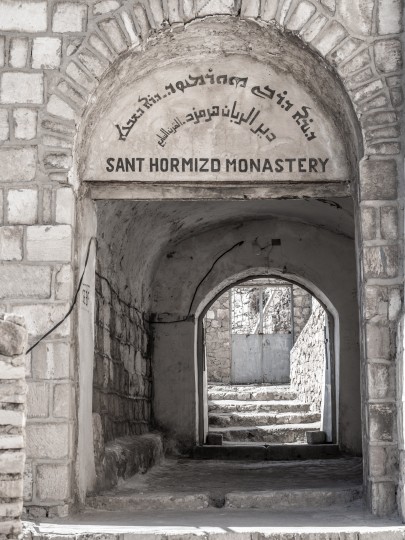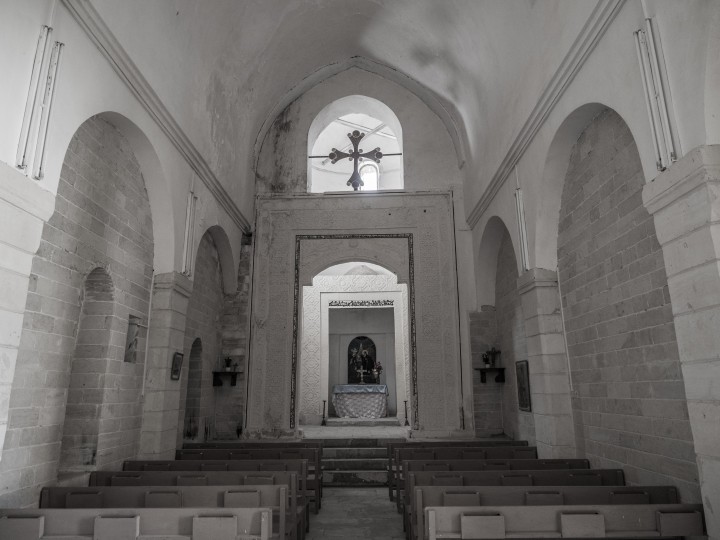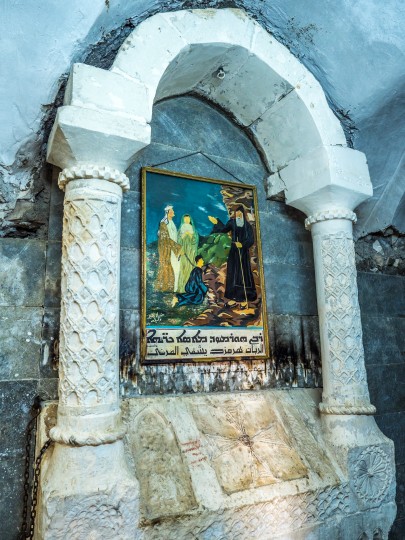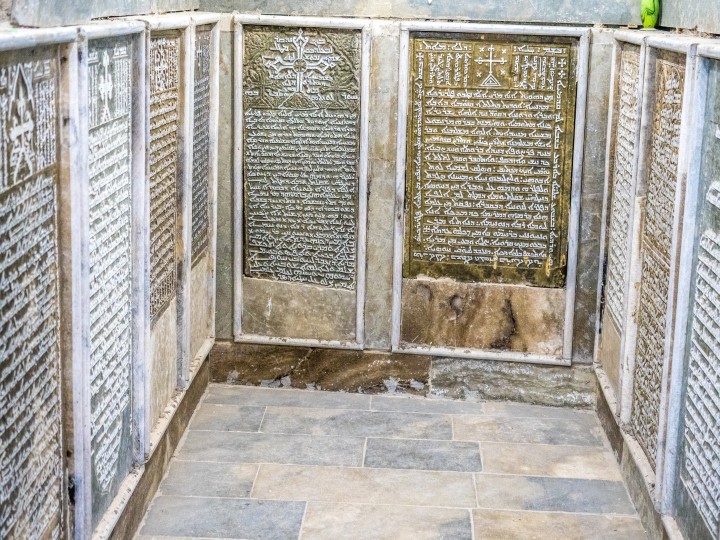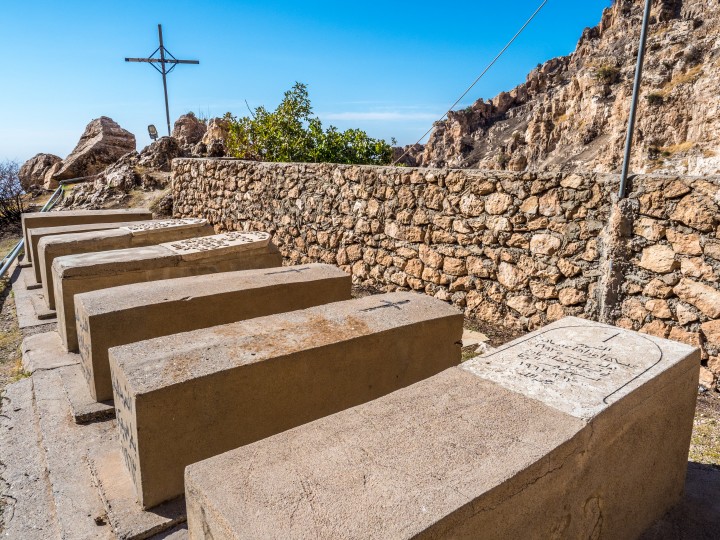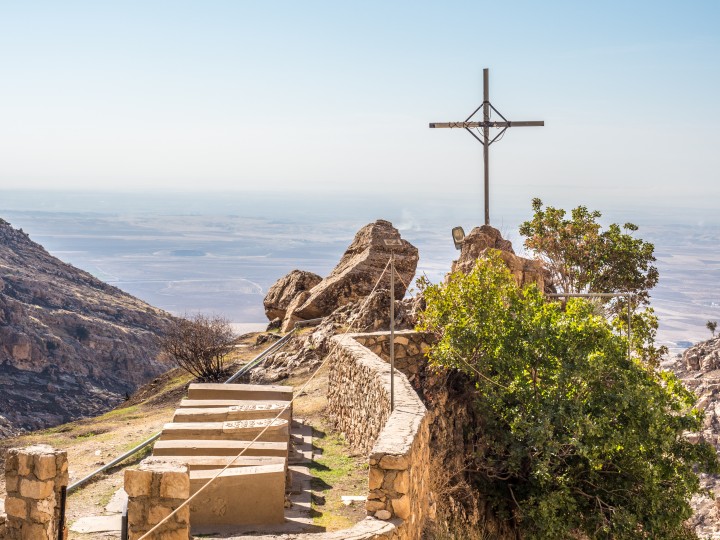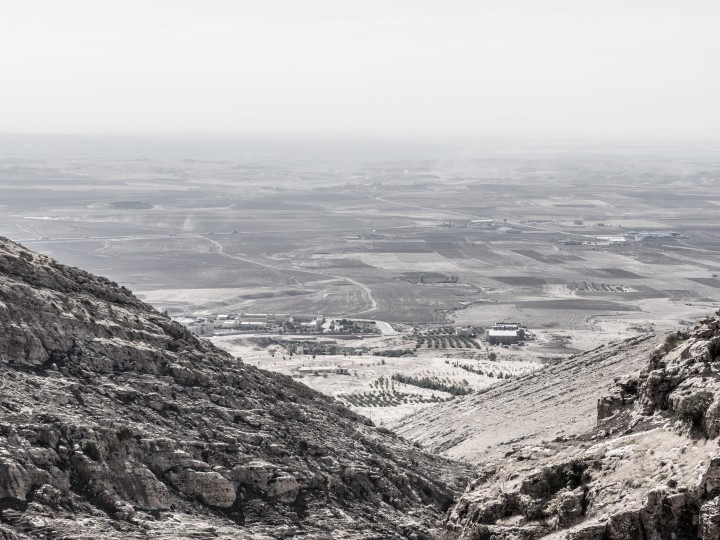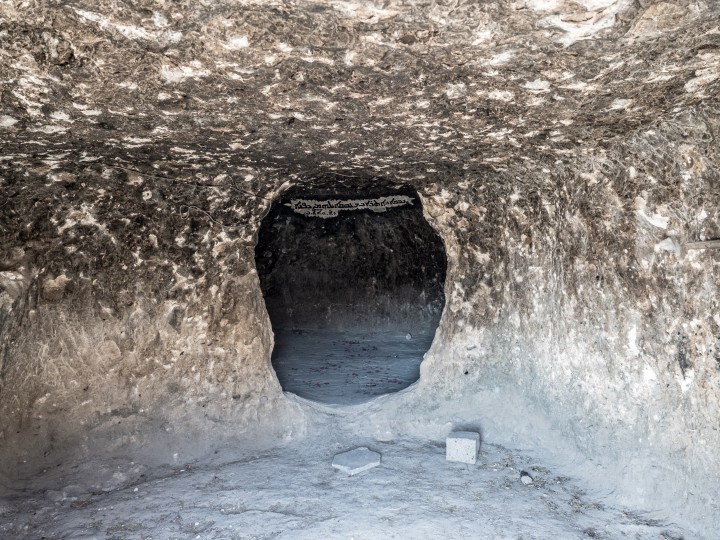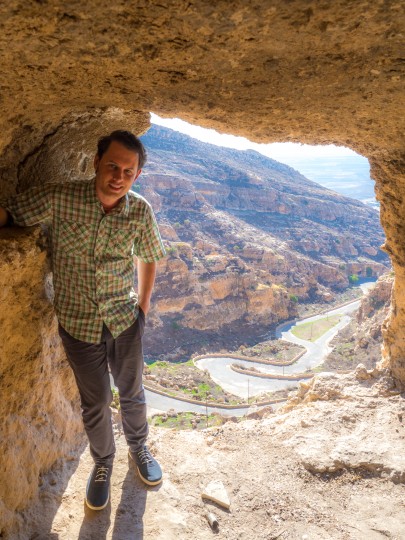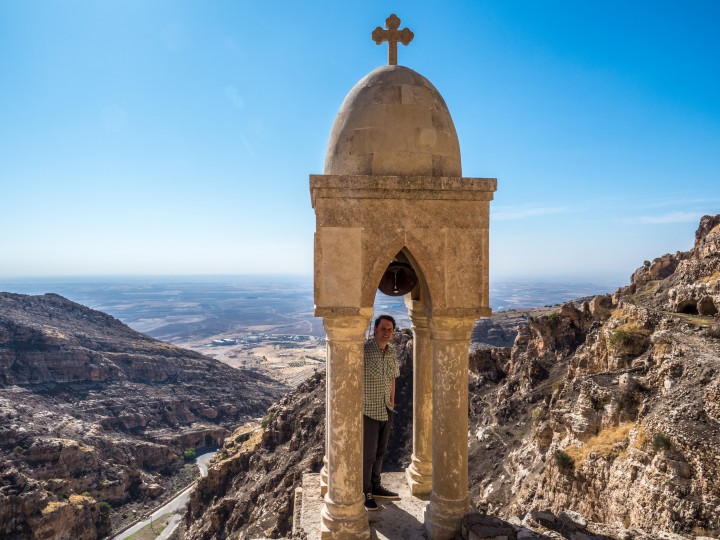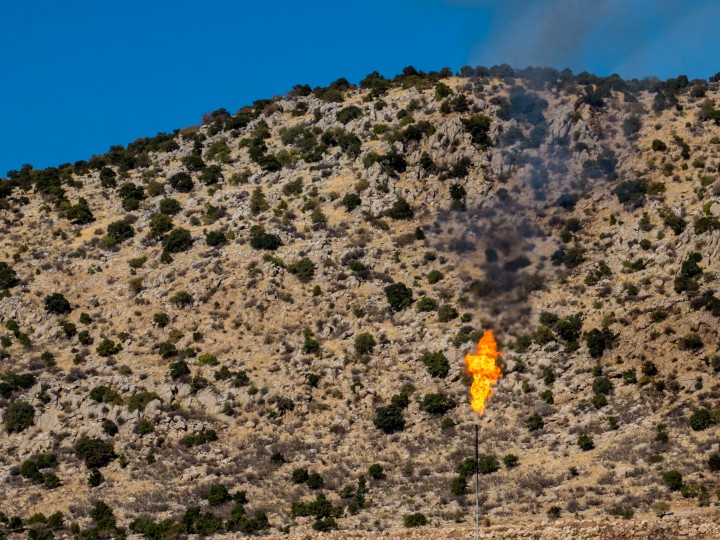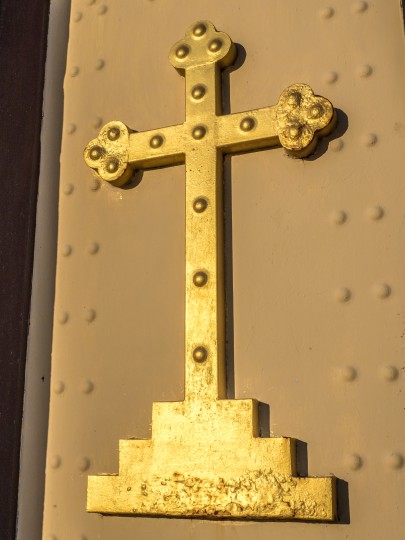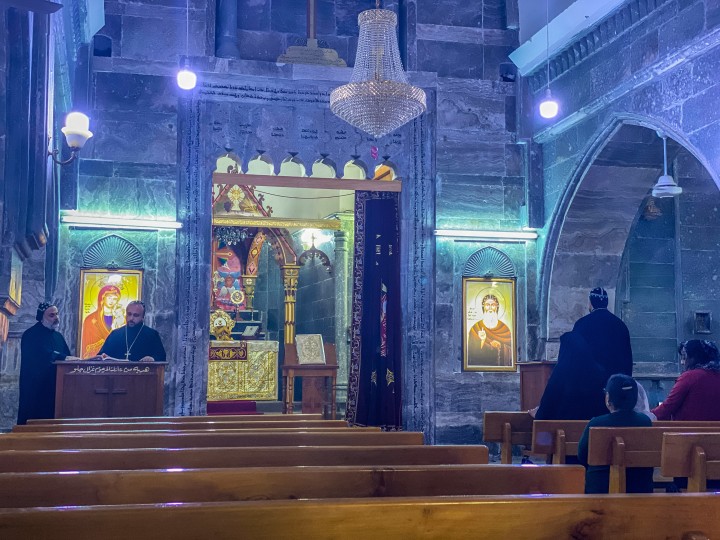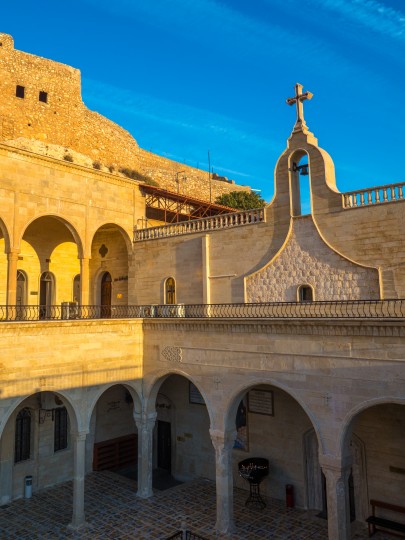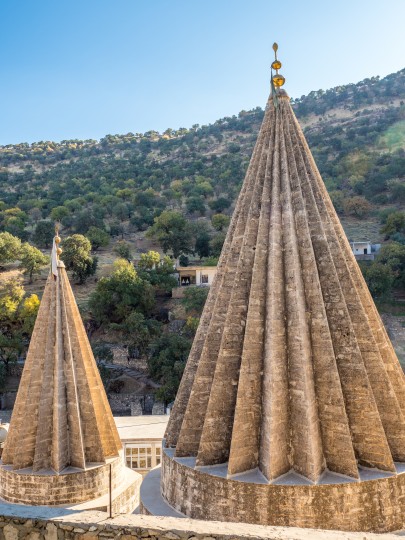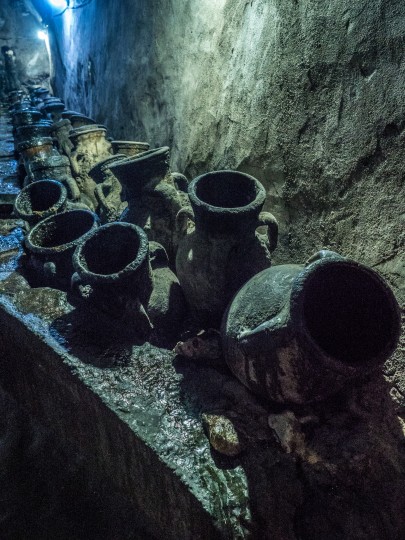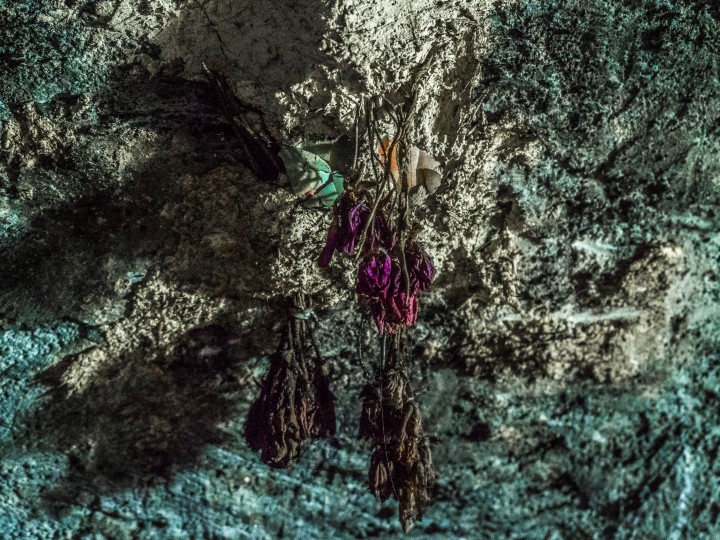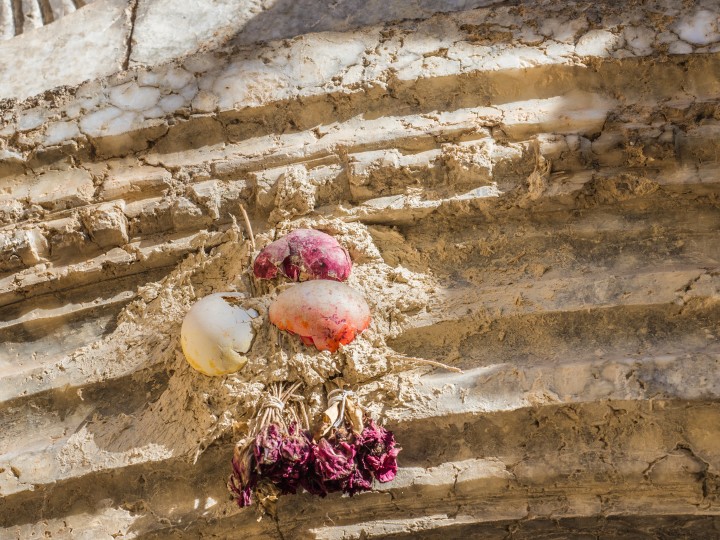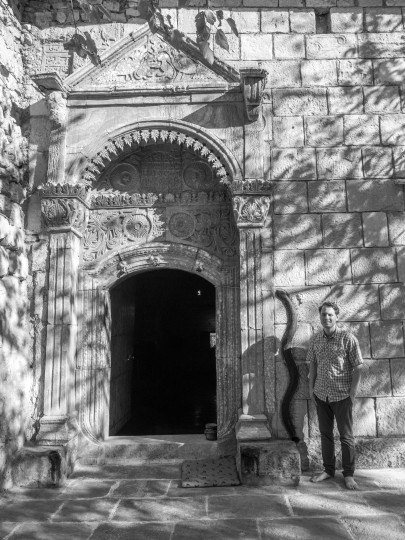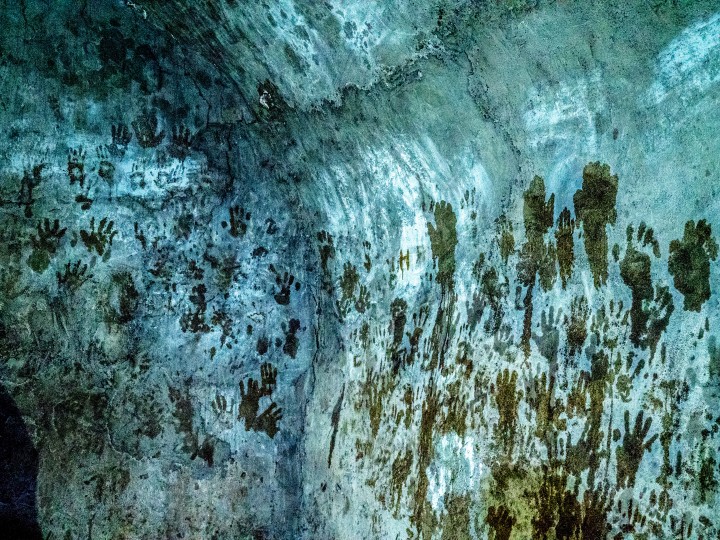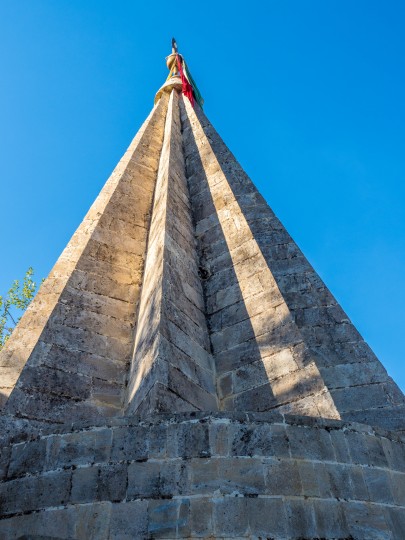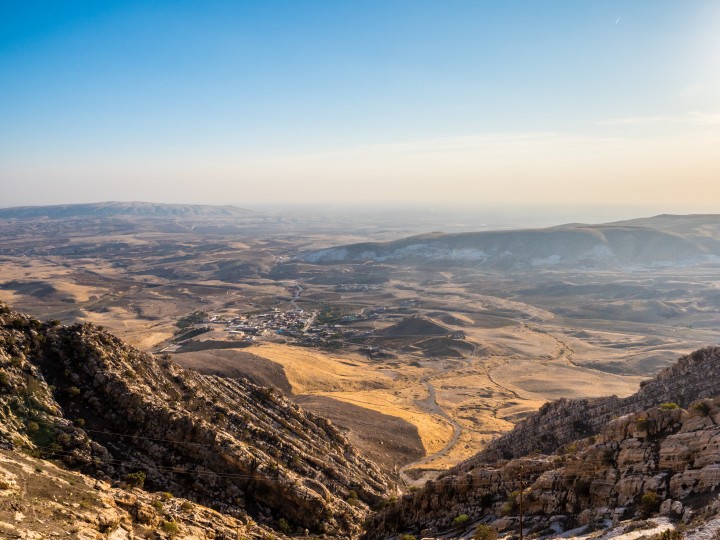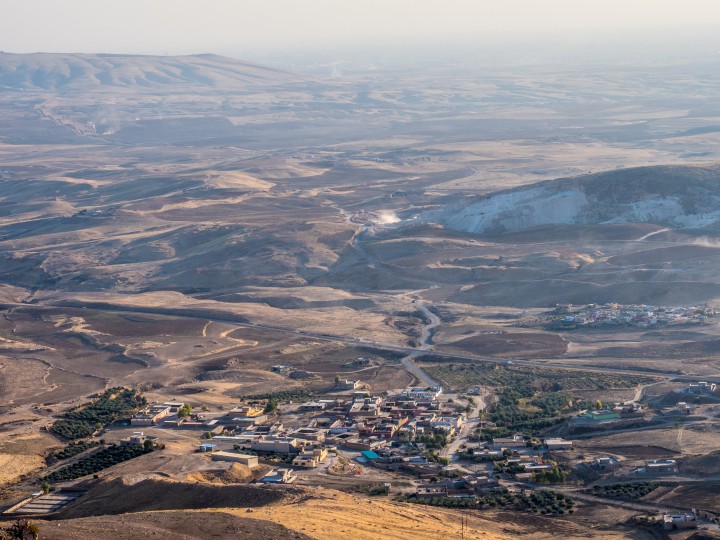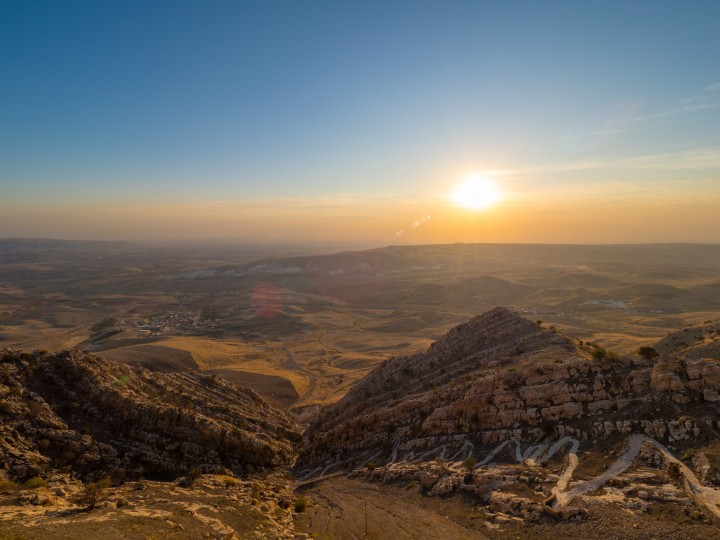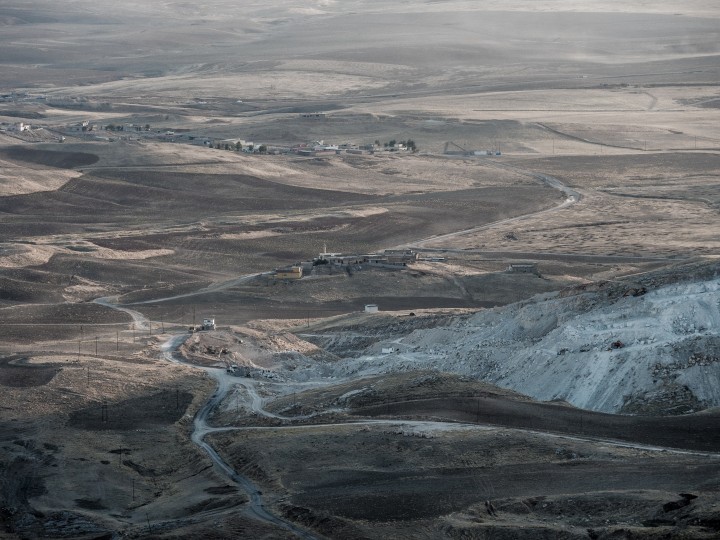I came to Iraqi Kurdistan with fairly open expectations on what to visit. I certainly didn’t come here on some religious pilgrimage, although it started to feel that way as we visited one church or monastery after another. To be clear, these are deeply historic and beautiful sites, but they are symbolic and meaningful in a very contemporary sense as well. Iraq has VERY recently been occupied by militant extremists claiming to be Islamic (ISIS) and attempting to start their own country. Combine that with decades of sectarian violence between Shia and Sunni as well as ethnic minorities and the reputation of Iraq to the outside world is not exactly one of tolerance of diversity. To be immediately introduced to these historic Christian sites made sense, as they ran directly counter to common perceptions.
Now, I should be clear that this is a visit to Iraqi Kurdistan. I flew into Erbil and stayed there. The day trips left from Erbil and I journeyed as far as Sulaymaniyah. Kurdistan is as absolutely safe as one can be in Iraq. We drove all over the place without security. I spent time alone on foot. Situational awareness is warranted like in any place, but I felt as safe or safer in Erbil or Sulaymaniyah as in, say, Jakarta or Mexico City. Bad shit can happen anywhere, obviously, but Iraqi Kurdistan has their security situation well under control. To illustrate, I’ll give an example: on the highways in Kurdistan there are speed cameras that will nab you for speeding on the interstate. (If you obscure your license plate or don’t keep it clean, you’ll get pulled over for a hefty fine). The speed cameras add a speeding ticket automatically to your vehicle registration for when you need to renew your license plate. (Sounds annoying!) My guide’s take on this was “well, it’s really cut down on our car accidents, which were very bad before”. Before visiting, Western media would have had me believe all of Iraq was some lawless hellscape of jihadi suicide bombers. But here I was…. looking at functioning bureaucracy. Not sure if I’m communicating this well, but what I’m trying to say is that things like signing up for a frequent shopper card at a chain store at a large air-conditioned shopping mall, nice sidewalks, teenagers playing around in the town square, basic mundane city life was impressive to me because I’m not sure that’s what I expected ahead of time. My visit here was welcoming throughout and I really had a great time. I would love to come back and see some of the spots that are a little further than a day trip would allow.
This post includes the sites from the itinerary that were in Erbil and surroundings:
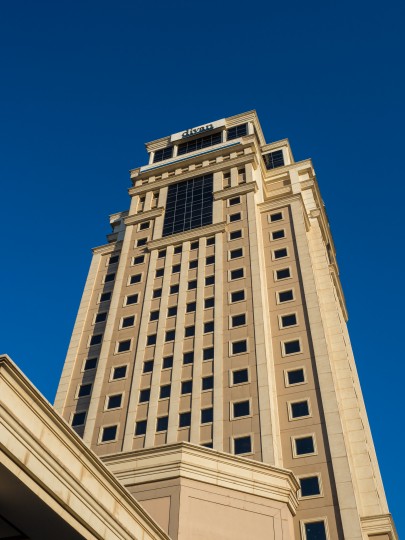
Divan Hotel, Erbil. Luxury? Yes. Recommended? No. Why? Well... Here's the thing... If you're looking into traveling here, you probably look at the security of this place and think, "easy choice". Boom, done. Well, the reason they have the security they have is because inside of Divan is the Saudi Arabian Embassy. So, when the elevator doors open on the unmarked floor... umm... don't mess with that shit. The security of that place is just not necessary for a common visitor. It is over the top and it makes you look like a paranoid asshole. Just go stay at any hotel in downtown Erbil. Seriously.
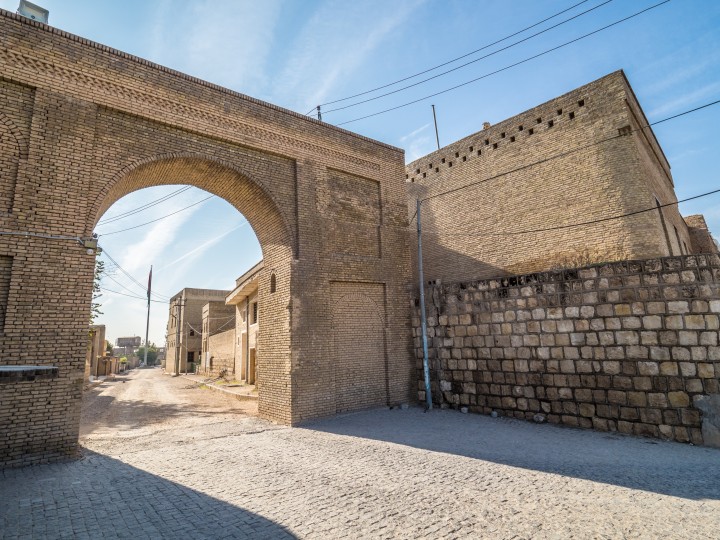
Erbil Citadel. If you're visiting here, this is the place to pick up an inexpensive carpet to take home. They had some cool stuff that integrated Yazidi Motifs, which was very unique.
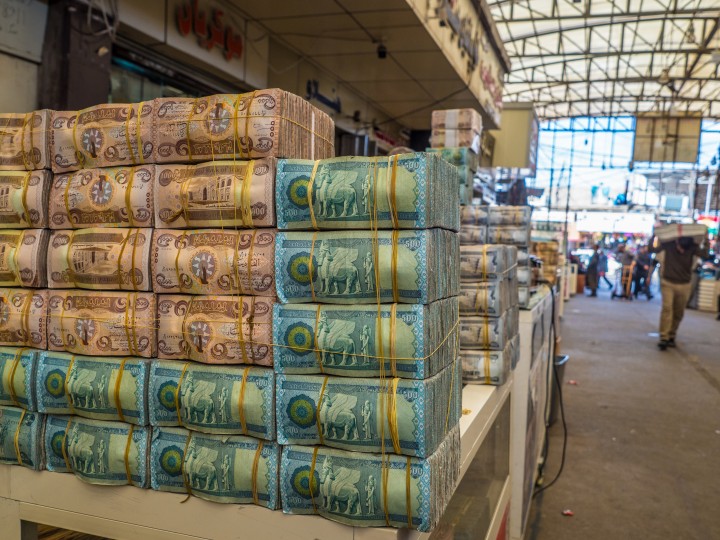
Money changers in Erbil.... I thought I would impress a guy here and trade a crisp US $2 bill for some old Iraqi money. The guy didn't even blink. He had a stack of his own $2 bills. Nothing special. They have every currency imaginable here.
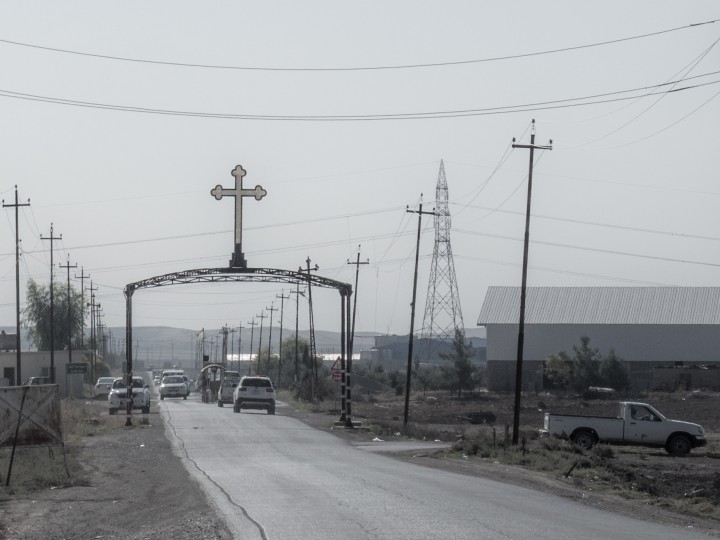
Alqosh village... Ethnic Assyrian village north of Mosul. This is a Christian town near the historic Rabban Hormizd Monastery that is about 45 km north of Mosul, which was only recently occupied by ISIS.
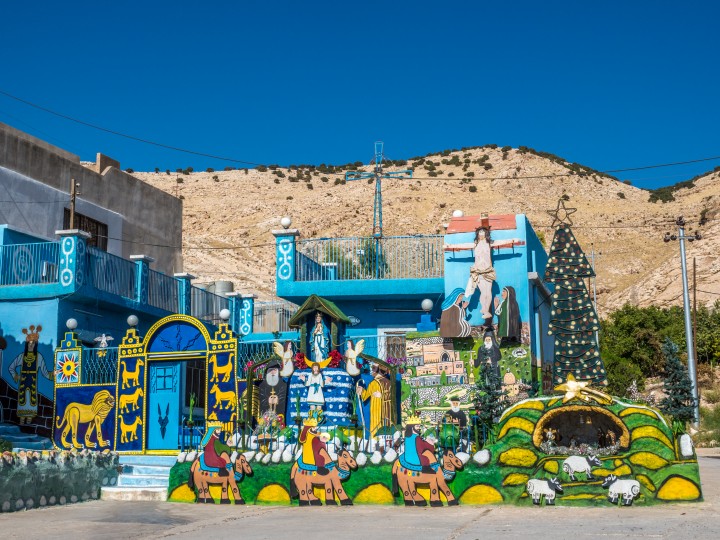
Alqosh village... apparently just a really eccentric local house. I wouldn't want to take refuge in this house if ISIS strolled into town.
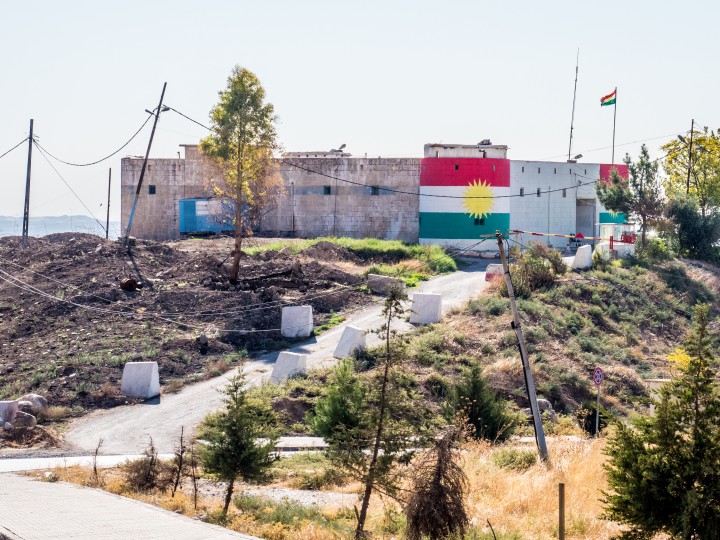
Alqosh village... The local police fly the flag of Kurdistan, while there are also Iraqi military that fly the Iraqi flag. The dual security forces are very apparent in this area.
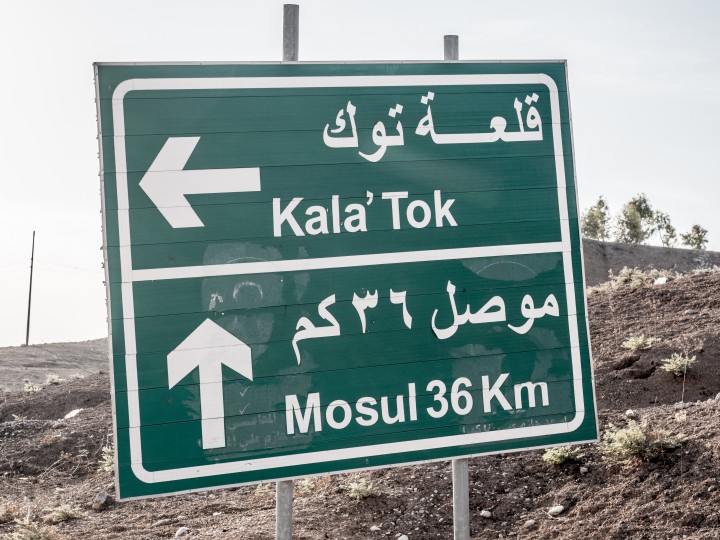
Mosul is part of the non-Kurdistan Iraq and you need a different visa to travel there. Reports I heard were that Mosul was in very bad condition after ISIS was ejected.
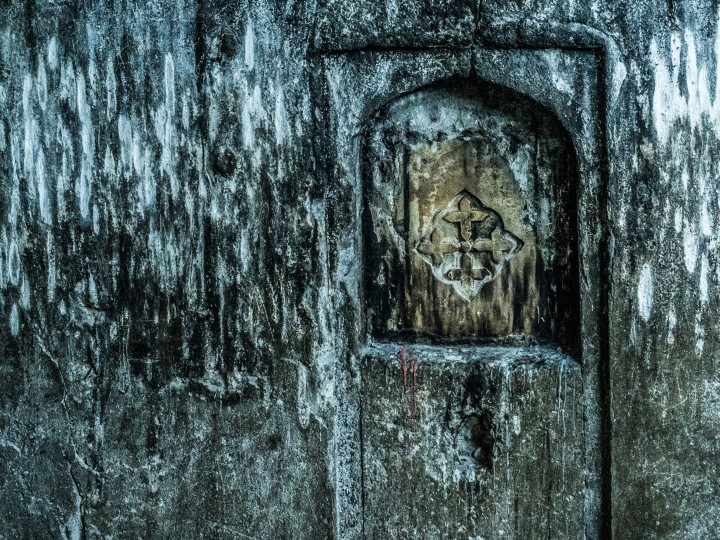
Underneath the church.... a network of caves. If you can leave a coin in the wall and it stays, your wish/prayer/whatever is granted. No word on how long it takes for the granting, so we'll see.
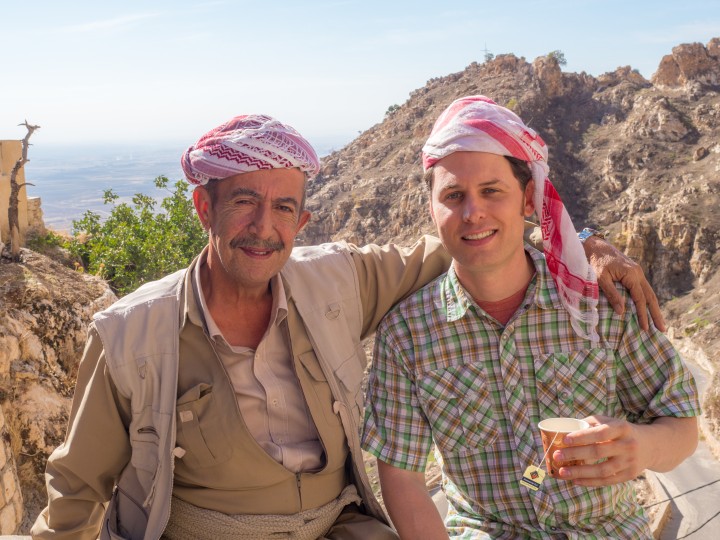
After hiking down from the monastery, we met this guy and his son. He is an OG Peshmerga fighter from way back and was happy to have some tea with us. (He also made a valiant effort to properly tie a keffiyeh for my American blockhead)
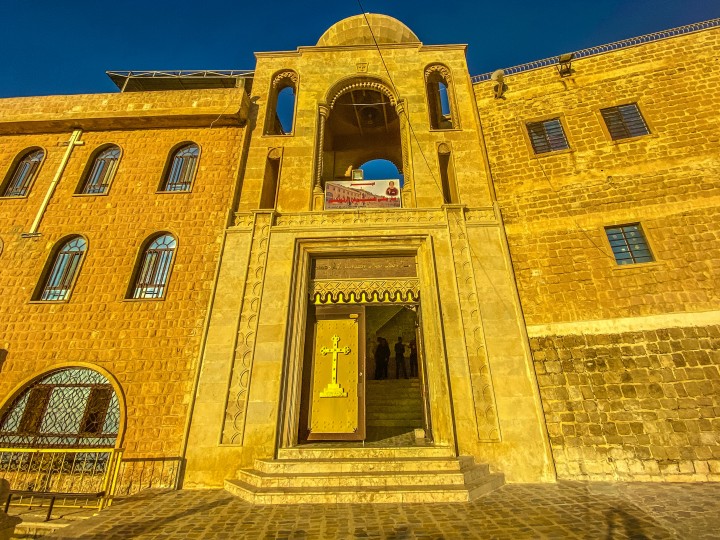
Mar Mattai Monastery... Only 20 km from Mosul, from this mountaintop monastery, you can view the frontline trenches where quite recent fighting took place between Kurdish Peshmerga fighters and ISIS militants. The road below is the final checkpoint between "Kurdistan" and "Iraq".
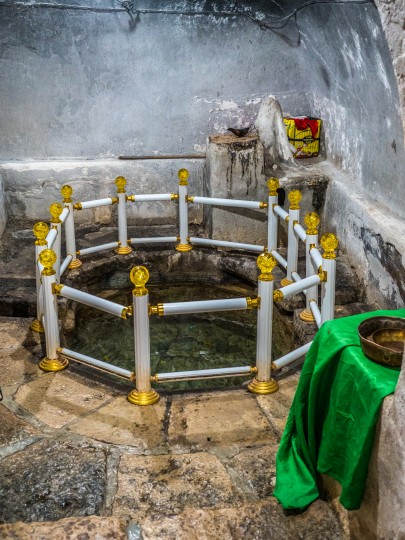
Lalish: Baptism pool. There is a single woman that does this task. I say "Baptism" and while it seems a similar concept here, it is clearly not the same in terms of symbolism. All Yazidis undergo this ritual.
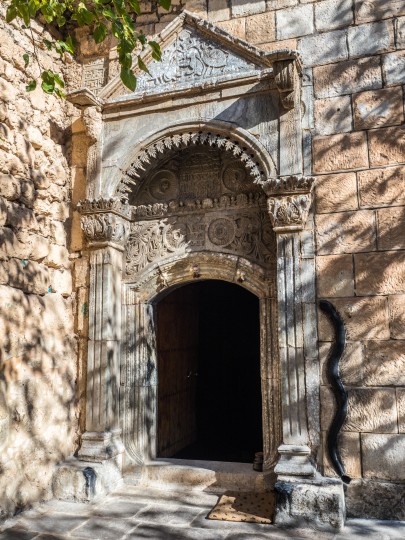
Lalish: I felt like the Yazidi traditions pulled from many different Eastern and Western religions and cultures. One little detail I found interesting was that they were absolutely rabid about not stepping on the threshold of doorways in the Lalish temple. This was no small issue, considering that the thresholds here were of a quite significant size. We were reminded of this at every doorway, just to make sure no locals were angered. I know that this this is a point of etiquette in Mongolia and in some South Asian traditions, and I found it interesting to be noted so prominently here.
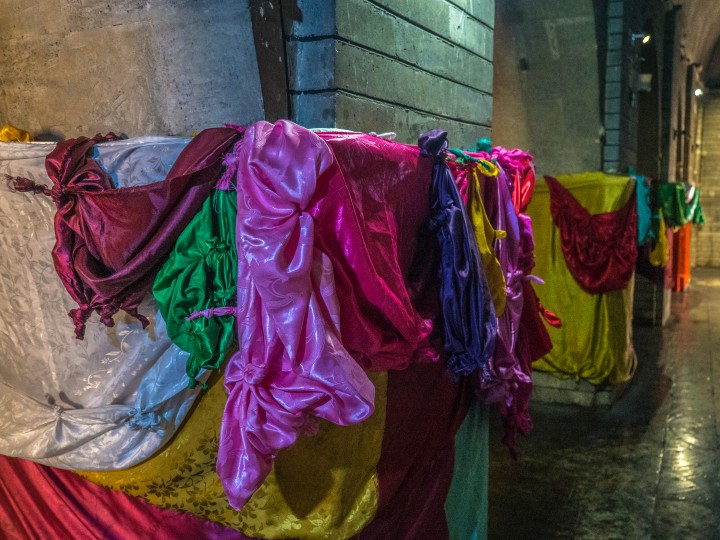
These are prayer cloths at the entrance to the temple. One ties a knot along with a request to the gods. For your request to be granted, your knot needs to be untied by someone. Thus, as you make your request, you untie a knot elsewhere.

